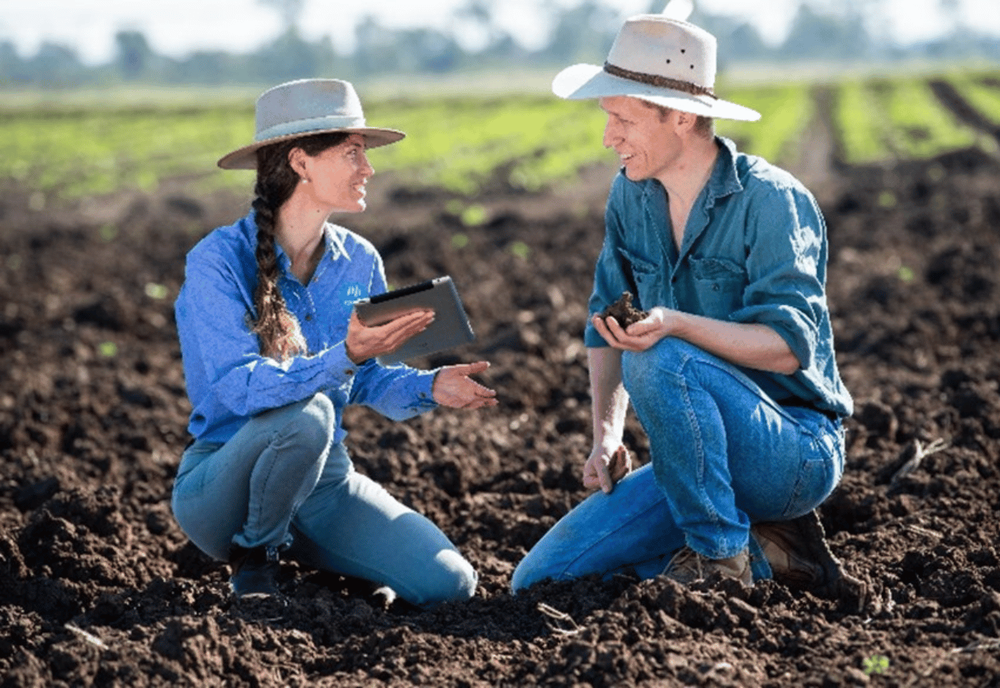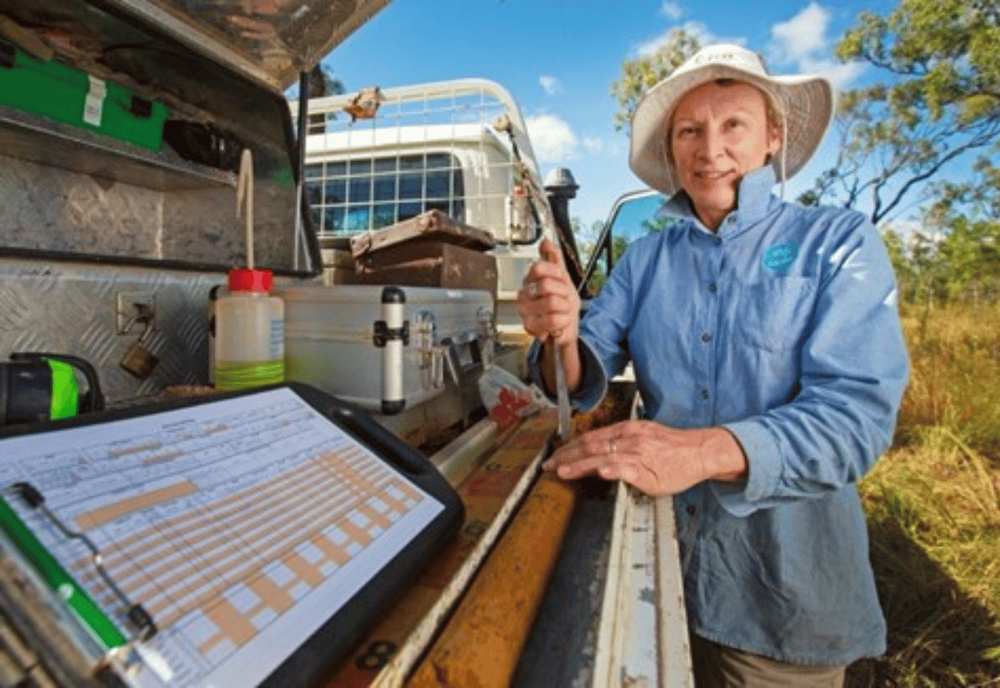CSIRO streamlines soil data
Liam Mulhall
01 December 2022, 8:24 PM
 ANSIS will collate soil data from all over Australia. Credit: CSIRO/Stuart Walmsley
ANSIS will collate soil data from all over Australia. Credit: CSIRO/Stuart WalmsleySoil is the lifeblood of Australia's agricultural industry, and the importance of having healthy soil is well recognised.
So back in 2021, the Federal government introduced a National Soil Strategy, laying out a plan to protect one of Australia's most precious assets.
The strategy explains that Australia needs to prioritise its soil health, as well as encourage innovation and strengthen our ability to adjust to a changing climate.
One part of this plan is the introduction of the Australian Nation Soil Information System, or ANSIS - a $15 million overhaul of the data collection capacity of the CSIRO.

ANSIS will provide easy-to-access data to improve soil management. Credit: CSIRO/Stuart Walmsley
The ANSIS will streamline soil data collection to make it easier for farmers, landholders, and the government to make more informed decisions when it comes to soil management.
Currently, soil data collection is done in different ways, by various companies, at a range of depths - this makes collating data particularly hard.
But by simplifying data collection, the capacity of the agriculture industry will be protected - both in its ability to grow quality produce, but also in its economic capability.
ANSIS project lead, Peter Wilson says that improving data collection can help promote innovation and sustainable practice also.
"By using ANSIS, farmers and agricultural advisors will have more access to more soil data and be better placed to more sustainably manage the soil on which they rely."
“Soil is vital to our agricultural production and natural environments, as well as our health and wellbeing. This information system will help us all care for this important natural resource,” Mr Wilson said.
“Productive, healthy and resilient soil means more economic, environmental and social benefits to Australia. Monitoring soil also helps our scientific understanding about how our natural world is changing.
“This work gives us insights into biodiversity, water resources, landscapes and coastlines, fauna, climate and geology. By harmonising Australia’s soil data, we can make it accessible across many fields of science and exploration.”

The ANSIS will include remote Australia also, creating opportunities and innovation in places often overlooked. Credit: Nathan Dyer.
The project will be a collaborative effort between the government, researchers, industry, private sectors, and the community - allowing for all interests to be met
ANSIS will be available for use in 2023 - information regarding the system can be accessed at https://ansis.net/



